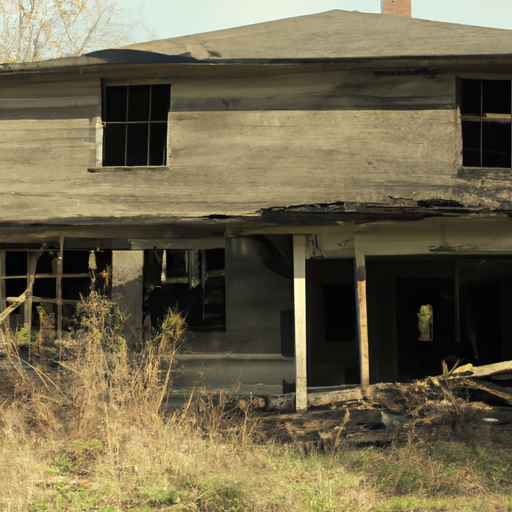Canadian Opioid Crisis: A Deeper look into the Eviction of Suspected Drug House Residents in a Saskatchewan First Nation
Emerging reports indicate that a Saskatchewan First Nation has taken a firm step toward the eviction of residents of suspected drug houses, bringing to light the dire circumstances triggered by the opioid crisis in Canada. Today’s blog post seeks to shed light on the broader effects of the opioid crisis and the various strategies implemented to combat it in our society.
Implementing Eviction as an Intervention Strategy
The Ochapowace Nation took the bold but necessary step towards mitigating the impact of opioids within its community by pursuing eviction of individuals living in suspected drug houses. With a population close to 1,700, the First Nation community has been grappling with a residential opioid epidemic threatening to degrade public security, health, and stability.
The Effects of the Opioid Crisis
The opioid crisis carries extensive and profound consequences, some of which are overt while others remain subtle yet still detrimental. Here are some of the significant effects:
- Housing and Homelessness: Opioid dependency often leads to unstable housing situations or homelessness, as seen in the Saskatchewan situation. This further compounds the issue, as a lack of stable housing can exacerbate substance dependency.
- Public and Community Health: The influx of opioids adversely affects the general health of communities, with increased emergency room visits, ambulance calls, and unfortunately, deaths related to overdoses.
- Public Safety and Crime Rates: Areas severely impacted by the opioid crisis often see a surge in crime rates, primarily related to drug trafficking and other related offenses.
Efforts to Counter the Opioid Crisis
Addressing the opioid crisis calls for multifaceted approaches that not only include punitive measures like eviction but also provision of supports, healthcare, and public education. Some of these measures include:
Provision of Naloxone Kits
Naloxone, a medication used to block the effects of opioids, has proved beneficial in saving lives during an overdose. The widespread availability and training on the use of naloxone kits for the public is a critical measure in combating the crisis.
Opioid Class Action Lawsuits
Canadian provinces and territories have engaged in an opioid class action lawsuit against numerous opioid manufacturers. The lawsuit seeks to recover government costs related to the opioid crisis, with funds ideally to be used in strengthening counter strategies.
Conclusion
The situation unfolding in the Ochapowace Nation is a stark reminder of the insidious impact of the opioid crisis on our communities. We can no longer afford to ignore the interconnected elements – the surge in homelessness, the overwhelmed healthcare facilities, or the climbing crime rates. The introduction of eviction as a strategy serves to bring to light the severity of the opioid crisis.
However, more comprehensive solutions are required to truly turn the tide. The broadening distribution of naloxone kits, opioid class lawsuits, and evolving public policy are just the beginning. The real work lies in developing holistic, community-integrated approaches to mitigate this crisis, and this requires an active, informed, and involved citizenry. Let’s continue the conversation, Canada – step by step, we can navigate our way out of the opioid crisis.


